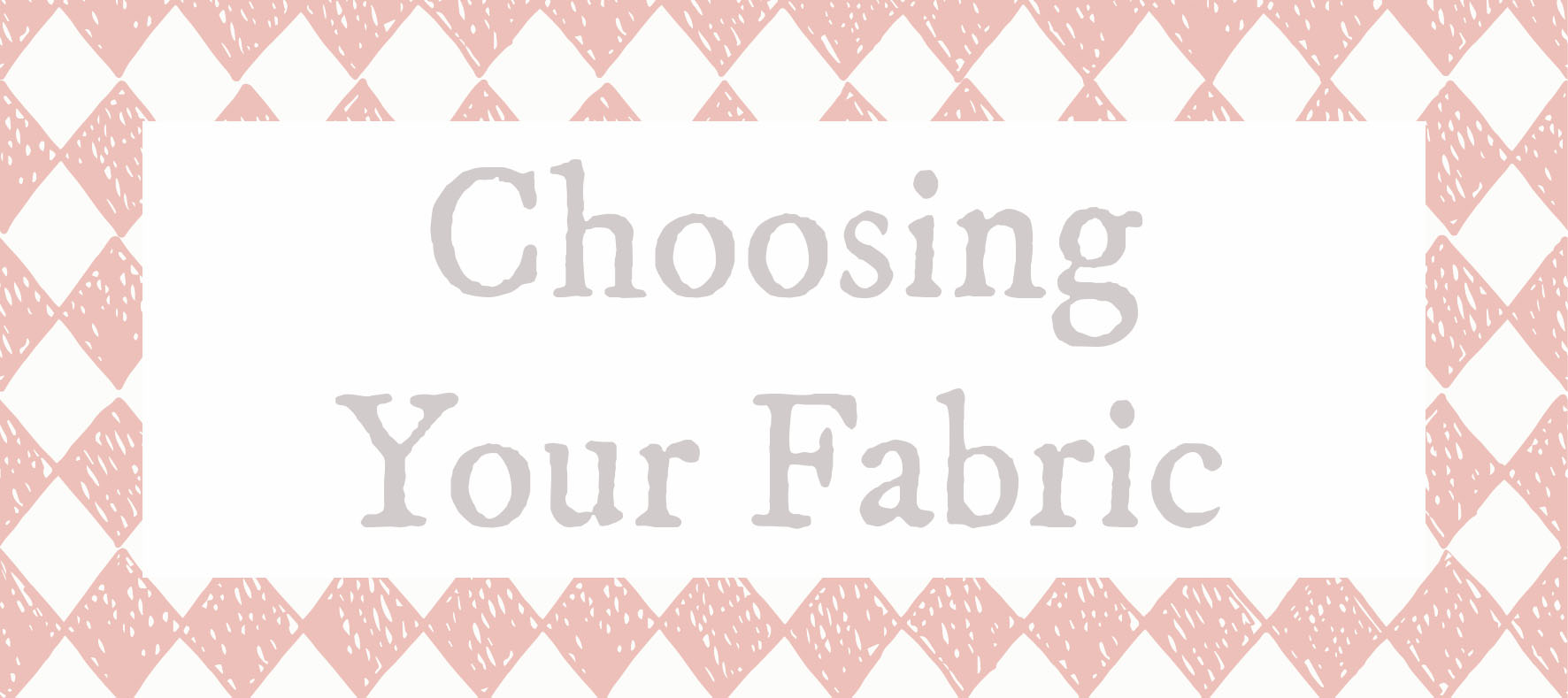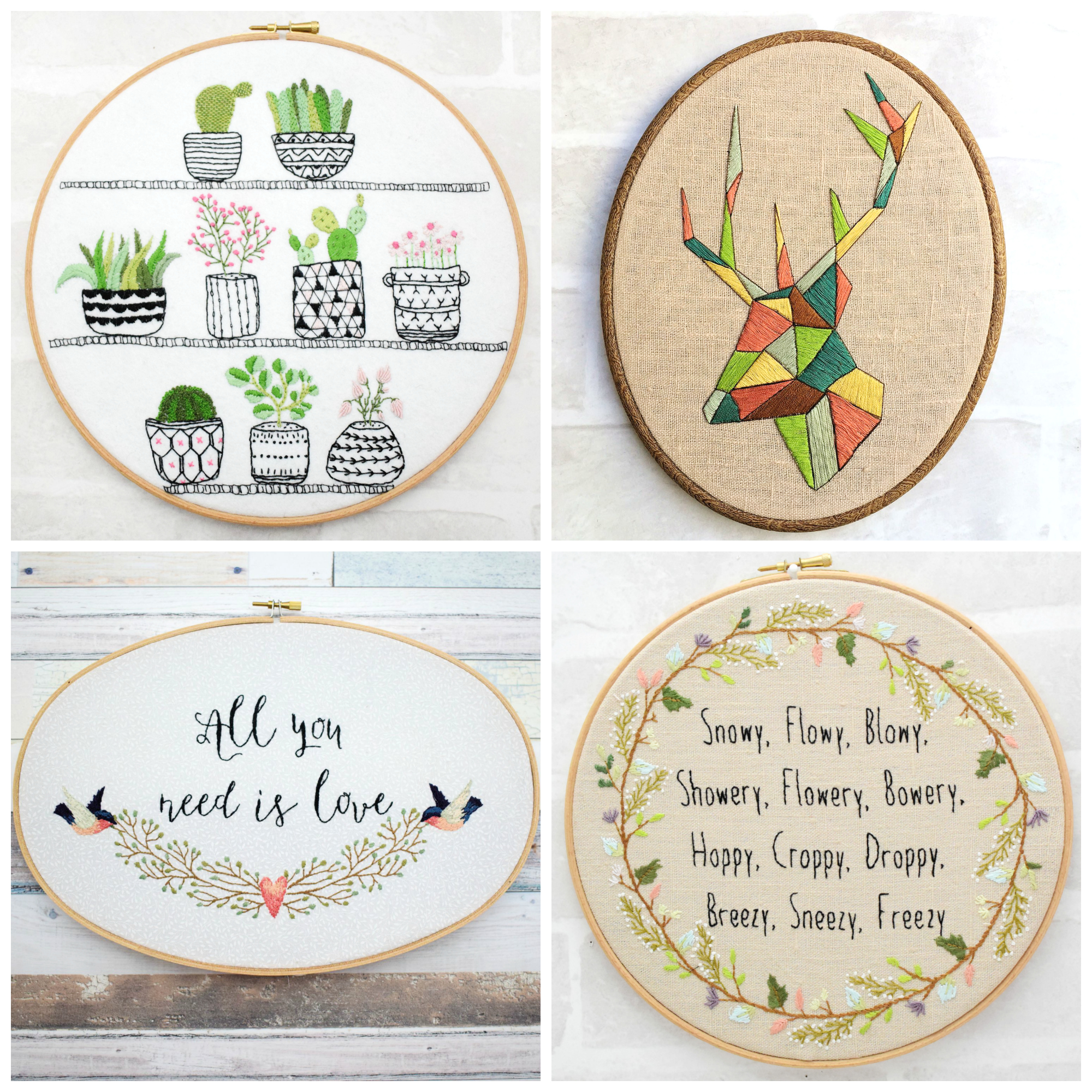
It’s perfectly possible to embroider onto all kinds of fabric – even stretchy varieties if you use a suitable stabilizer. It’s fair to say though that this would be quite an unusual choice for hand embroidery! I thought it would be useful to have a quick round up of the main things you should consider when deciding which fabric is right for your project. After all, like canvas for a painter, the fabric you choose to stitch on forms the foundation of your embroidery and it’s so important to choose carefully.
I would recommend that you choose fabric that is made of natural fibres. Choose cotton, linen or a blend of the two for the best results. And remember that a fabric doesn’t have to be expensive to be suitable. A good fabric for beginners to use is a nice quilting-weight cotton.
Try the fabric you’re thinking of using in your hoop. It should be able to be held taut in your hoop while you stitch without puckering, stretching or distorting your stitches. It should be strong enough to maintain the shape and structure of your stitching when you remove it from the hoop.

Don’t choose a fabric that’s lightweight or loosely woven. These will distort and you’ll also be able to see any stray threads or carry overs on the back of the work through the open weave.
If you’re planning to use your embroidery in a finished piece that will need to be washed then be sure to pre-wash your fabric before beginning to stitch. This will avoid your work puckering and spoiling if the fabric does shrink a little when washed – this would be so disappointing after all your hard work.
Don’t fall into the trap of always stitching on white, cream or another light-coloured plain fabric. Whilst this is great, and you’ll get good results sometimes it’s fun to vary your colour choices, though do carefully consider how your chosen floss colours will appear against a differently coloured background. If you chose a dark colour such as navy or black then your darker shades will fade into the background whilst your brighter colours may appear extra bright and perhaps even a little garish.
Think too about the possibilities of embroidering on a printed fabric. This can be quite challenging as if the pattern you choose is too overwhelming your embroidery can simply “disappear” into the background. It’s worth trying some experimental stitches first to see if it’s worth continuing. If you choose stripes or checks then you may want to incorporate these into the design – think of tradtional “chicken-scratch” embroidery worked on gingham.
But in the end the choice is entirely yours – and don’t be afraid of doing it your own way!

Leave a Reply